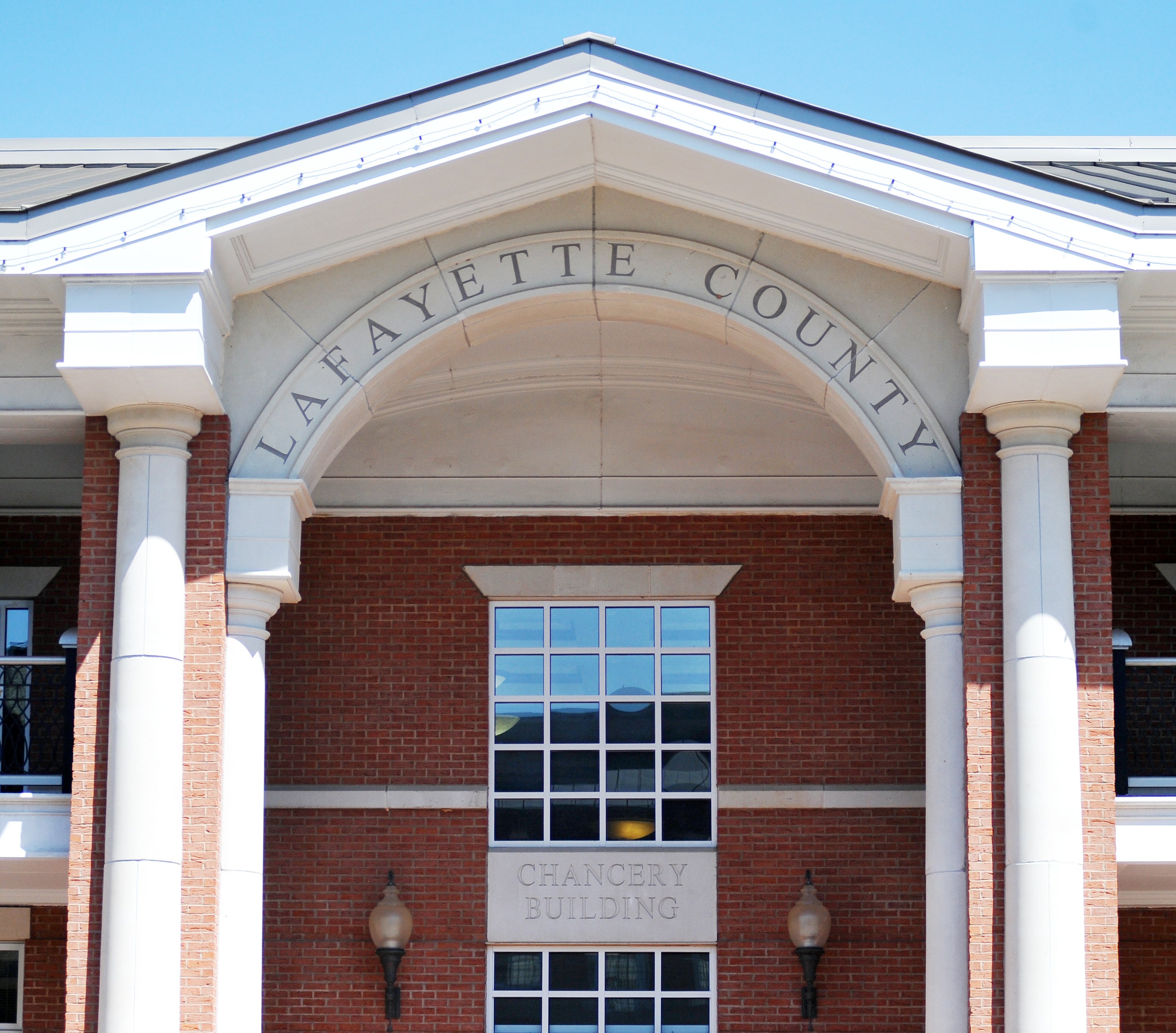Stonewater treatment facility on supervisor’s agenda
Published 8:45 pm Saturday, December 3, 2016
Not everyone who lives near a proposed drug and alcohol treatment facility in the Clear Creek community is against the idea of it being located in a residential area.
Joanna Briscoe Morgan, who lives next to the property where the facility will be located, said it’s “awesome” if the Lafayette County Board of Supervisors approves the recommendation from the county planning commission to allow Stonewater Addiction Recovery Center to operate in the location. It is one of several items on Monday’s agenda for the supervisors to take up during its 5 p.m. meeting in the Chancery Building.
The 60-plus acre property would have to be changed to a commercial development from residential in order to operate as a treatment center for 16 adolescent males age 12-17.
“(I’m) very thankful there are people in this world wanting to help teens,” Morgan posted on The Eagle facebook page. “I know several people who could have benefited from intervention in their teens but now their spouse, parents, children, friends etc. all suffer daily due to either continued drug and alcohol abuse.”
Owner and operator Bryan Fikes indicated to the planning commission that if successful, the treatment facility would like to include females in the future, possibly by the third year of operation.
The facility will have ten full-time employees, including a medical director on call, two part-time employees and a resident chef. Fikes and his wife plan to live in a separate structure on the property.
The state health department has given the facility a permit, and although it is not required, the facility will receive certification from the state mental health association, according to Fikes. The sewer system will be converted from septic to a treatment plant. The county fire department will also require an upgrade with a sprinkler system. The entrance to the facility will also have to be widened in order to allow emergency vehicles, such as a fire truck, to enter and exit.
Security concerns
Security, however, is what has been a main concern of neighbors in the community. Fikes said there will be 24/7 electronic monitoring with 16 video cameras, as well as physical checks at night every 15 minutes.
No staff will be living on site and fences around the facility will not be installed, mainly out of treatment concerns.
Fikes told commissioners patients will be screened prior to being admitted to the facility and will be not be allowed if “we do not have the capacity to treat,” such as schizophrenia, severe bi-polar disorder or a history of violence.
Mark Stovall, former director of alcohol and drug services for the Mississippi Mental Health Department, is the executive director of the Stonewater center. He said he doesn’t expect patients to walk away from the facility but can’t guarantee they will not attempt to leave.
If a patient decides to walk away from the facility, the operators have made contact with the Lafayette County Sheriff’s Department to have the individual picked up as a run away, according to Stovall.
“I don’t like to do that,” Stovall said. “Youth court can hold the individual for up to 72 hours, which gives the family time enough to get them.”
He also said concerns from residents in the area are legitimate.
“I don’t know if I will ever make everyone feel comfortable about this,” Stovall added. “I can tell you one hundred percent that we are trying to guarantee the health and safety of the young people in our facility. I’m the one who will have to look in a parents eyes when a young person runs away if that does happen and I will be the one to have to answer to them. And I don’t want to have to answer for it any more than this community wants them in their yard. I’m scared to death one of them might get out now. It puts a lot of fear in me that I will have a 12-year old kid running around out there and he’s going to get hurt because people are afraid that he might do something to their property.”
Stovall told the commission a fence could make patients feel trapped in the facility.
“It turns the dynamics of treatment around to where its us holding you here against your will instead of us trying to help you get better,” Stovall said.
Fikes admitted during meetings with residents in the community there was concern and fear about the facility.
“But in all, we thought it was a positive,” Fikes said. “There are legitimate concerns, but we can see how this has played out in other communities and what we find is that often times these concerns fade as the program has success. We are confident this is going to be a positive thing, not only for the community, but for the entire state and southeast.”
He doesn’t believe a fence would alleviate concerns of some residents in the community.
“I think we could put every possible instrument or measure in place to address this idea of flight and there would still be a remote possibility that someone could get out,” Fikes said. “People escape prison every day.”
Personal for Fikes
Part of the reason he wants to create such a facility is because Fikes has a history of addiction.
“When I was 12 years old I started using and by the time I was 16 I was a full-blown addict, so I went to 15 months of treatment in Texas because there are not a lot options in this part of the country,” Fikes said, adding 13 years later he has not used a drug or drink since.
“I understand there is real concern, but I can also speak to the other side that what we are doing is restoring lives and restoring families,” Fikes added. “When I was in the program, there were not kids leaving the program or vandalizing property in the community.”
Fikes’ father, Jeff Fikes, spoke from a parents perspective and understands the fears from some in the community.
“We went through this season of his life,” said the senior Fikes. “It is a struggle to experience what we have experienced. I have the advantage of having seen it and you haven’t. The treatment facility he was in was wide open and there were no incidences, no fences. They didn’t have episodes, but what they had was what we are attracted to or a vision for and we think it will be accomplished.”
He added that they want the facility to be in the “wholesome, wonderful” Clear Creek community.
“We want it to be here. We’ve looked at a lot of properties and done our due diligence. That’s where we think treatment will have the highest possibility of success.”
Patients would stay in the facility for 30 to 100 days, according to Fikes, who also admitted the cost of a stay would be $22,000 per month.
TJ Ray was one of two commission members to vote against the proposal, despite being in favor of the facility.
“Having had a close family member who had psychiatric problems for 50-something years, I have a lot of empathy and sympathy for the kinds of kids you will have to deal with,” said Ray, who would like to have a medical doctor on site full-time rather than counselors. “I am very concerned as many in the community are with safety. I don’t know if ankle bracelets would solve it or a chain link fence would solve it. They have legitimate fears. So that and my fair or unfair personal experience with this is going to make me vote against you.”






